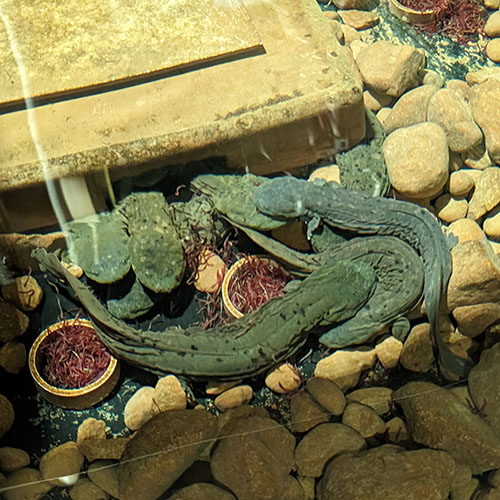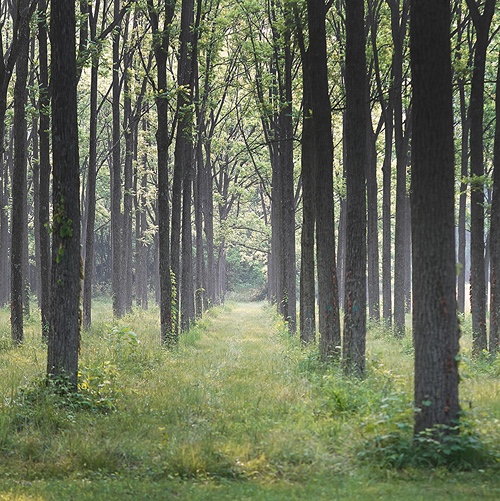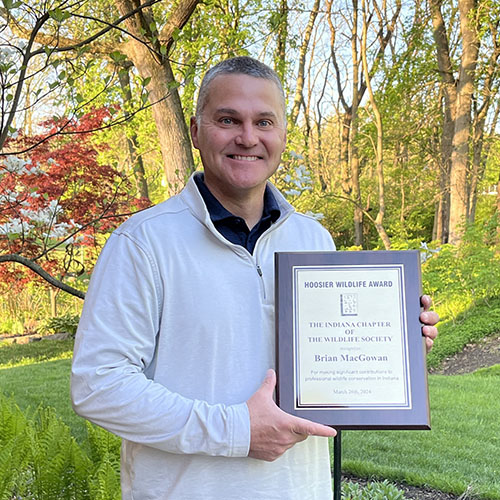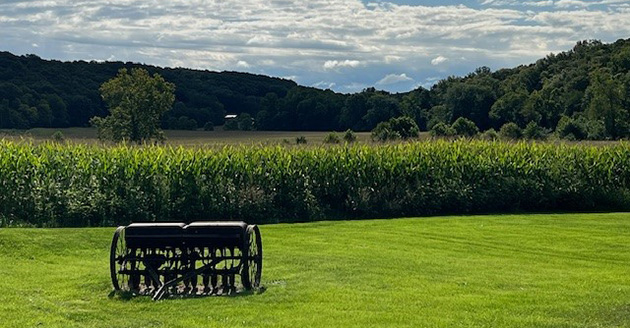Fire Effects
fire effects within group shelterwood systems on regeneration response and residual timber quality
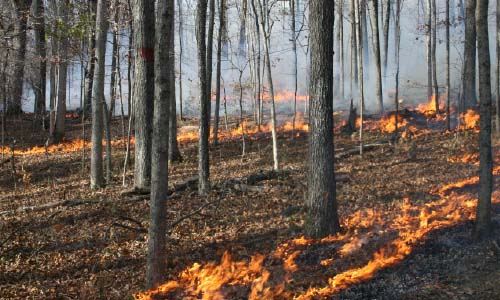 Over the past 50 years, there has been widespread failure to regenerate many oak species in Eastern North America. These species provide habitat for over 180 species of birds and mammals and supply more than $1 trillion in stumpage value as a source for many primary and secondary wood products companies.
Over the past 50 years, there has been widespread failure to regenerate many oak species in Eastern North America. These species provide habitat for over 180 species of birds and mammals and supply more than $1 trillion in stumpage value as a source for many primary and secondary wood products companies.
Much of the forestland in this region of the United States is owned by private landowners, while much of the research done in regeneration focuses on much larger areas. This project aims to find regeneration systems that may be more attractive to small, private woodlots.
Prescribed fire is one method that is being increasingly embraced by managers who wish to restore oak. Combining this method with group shelterwood systems, a forest regeneration method used widely in Europe, is the focus of this project. We aim to both document the effects of prescribed fire on growth and development of tree regeneration and model the potential economic damage to mature timber with prescribed fire’s use for forest restoration.

